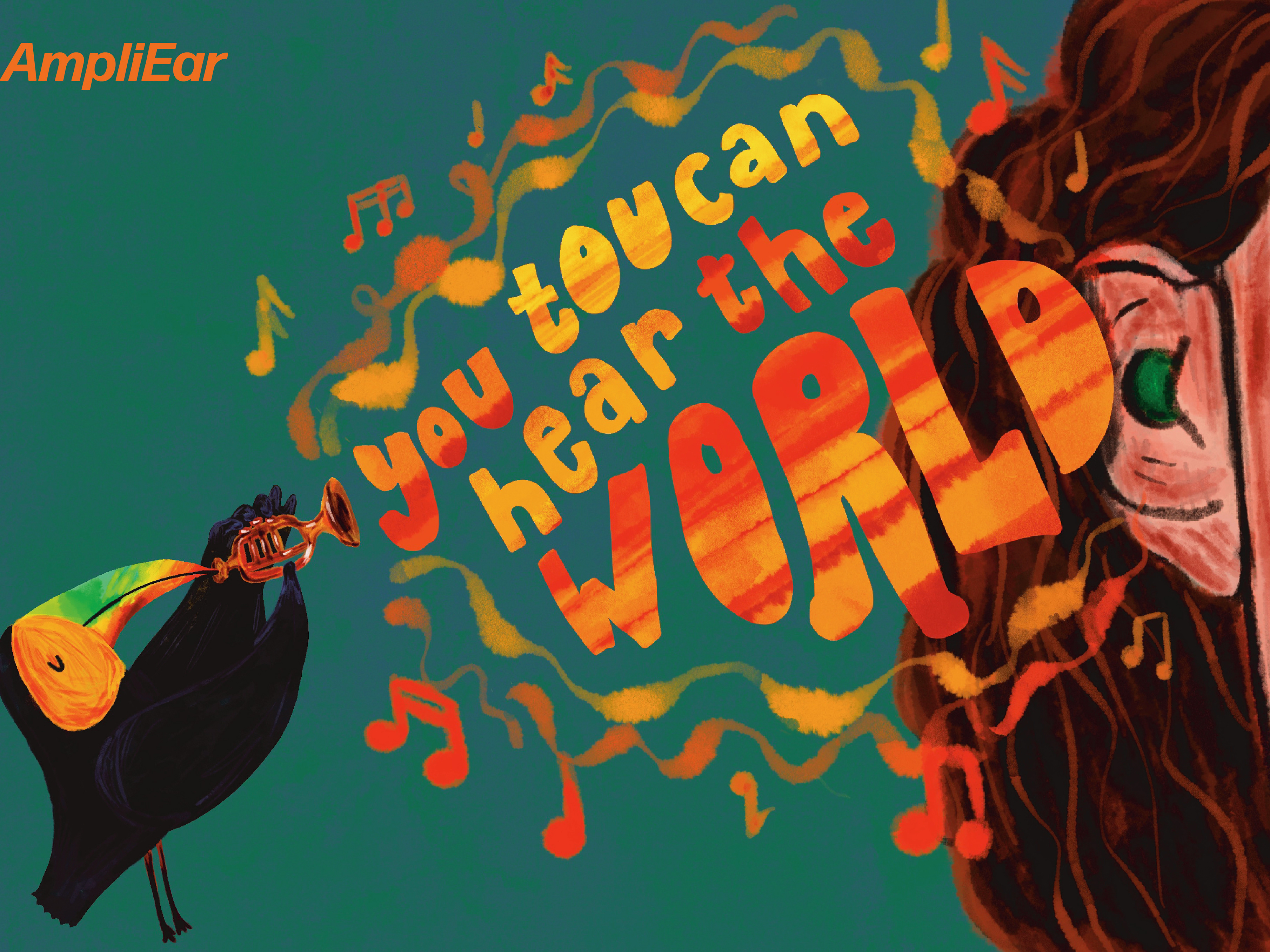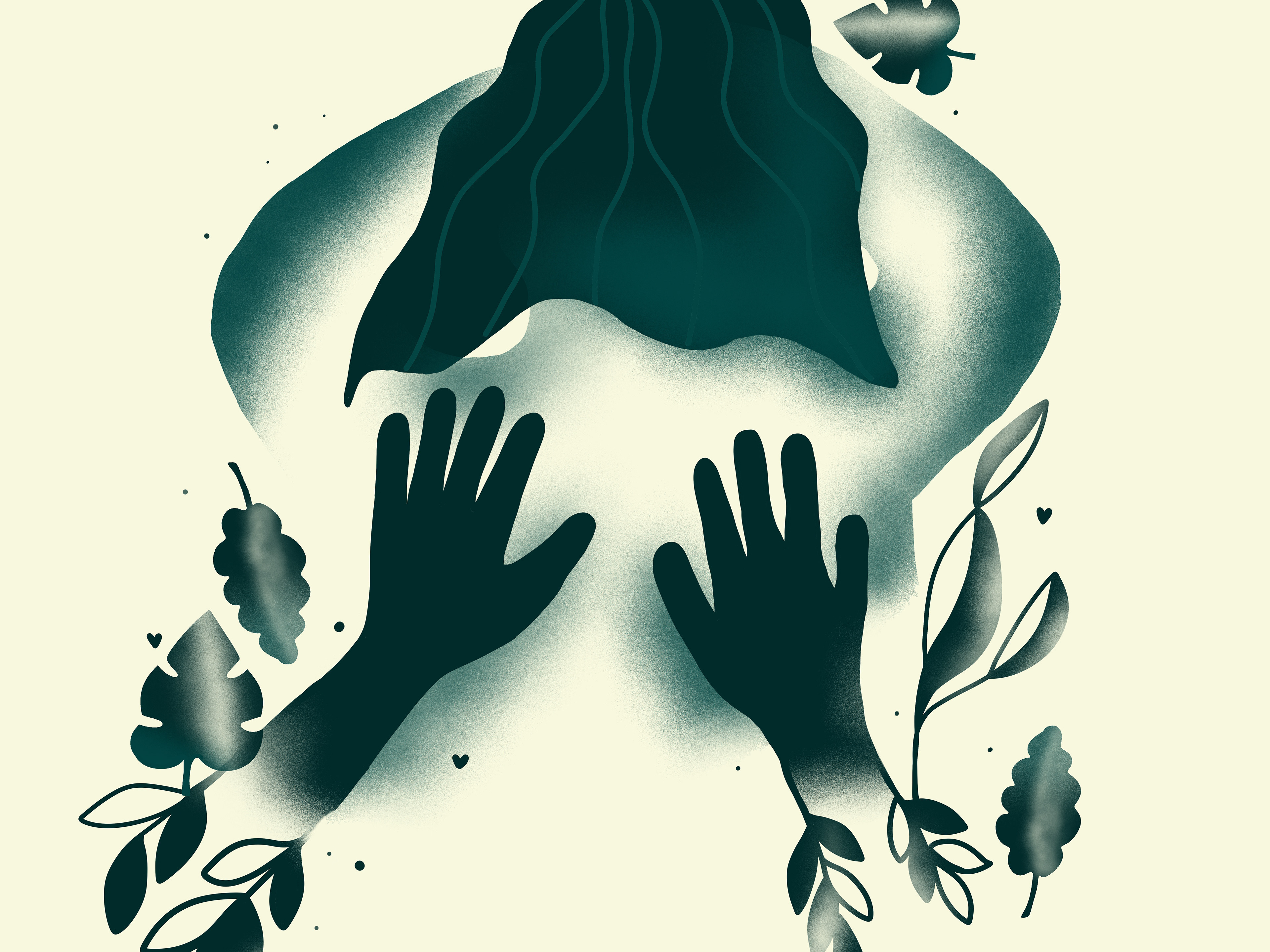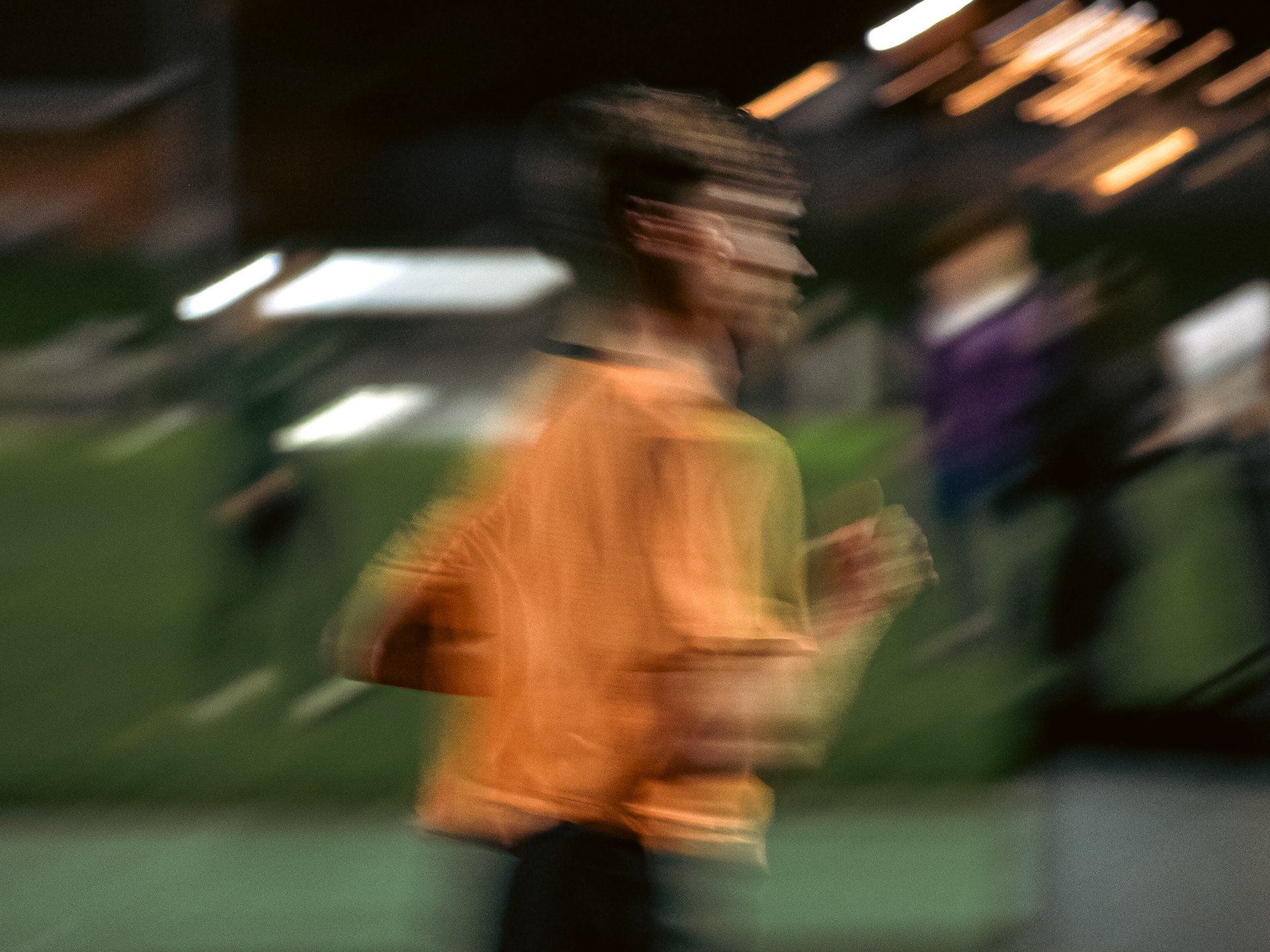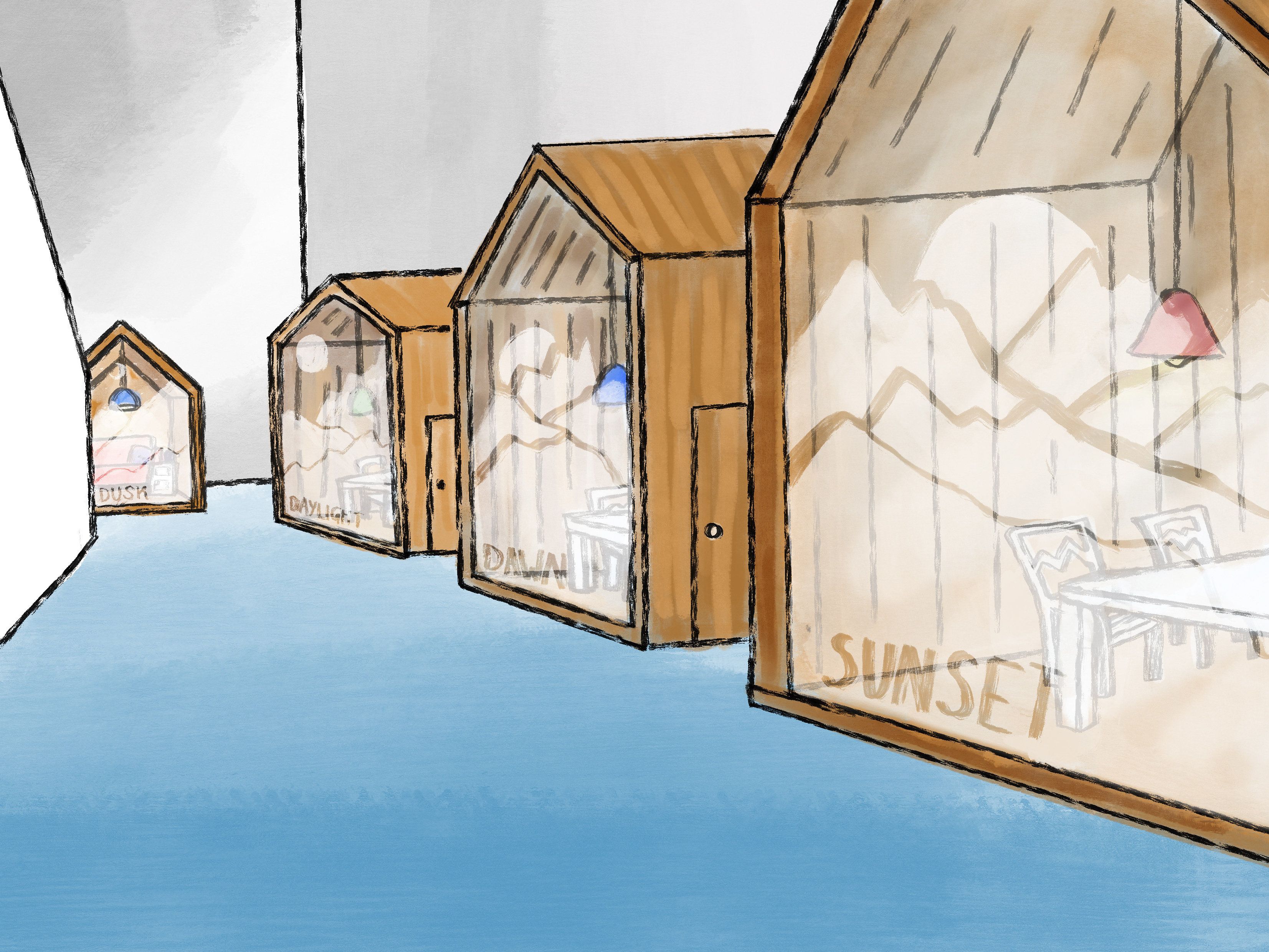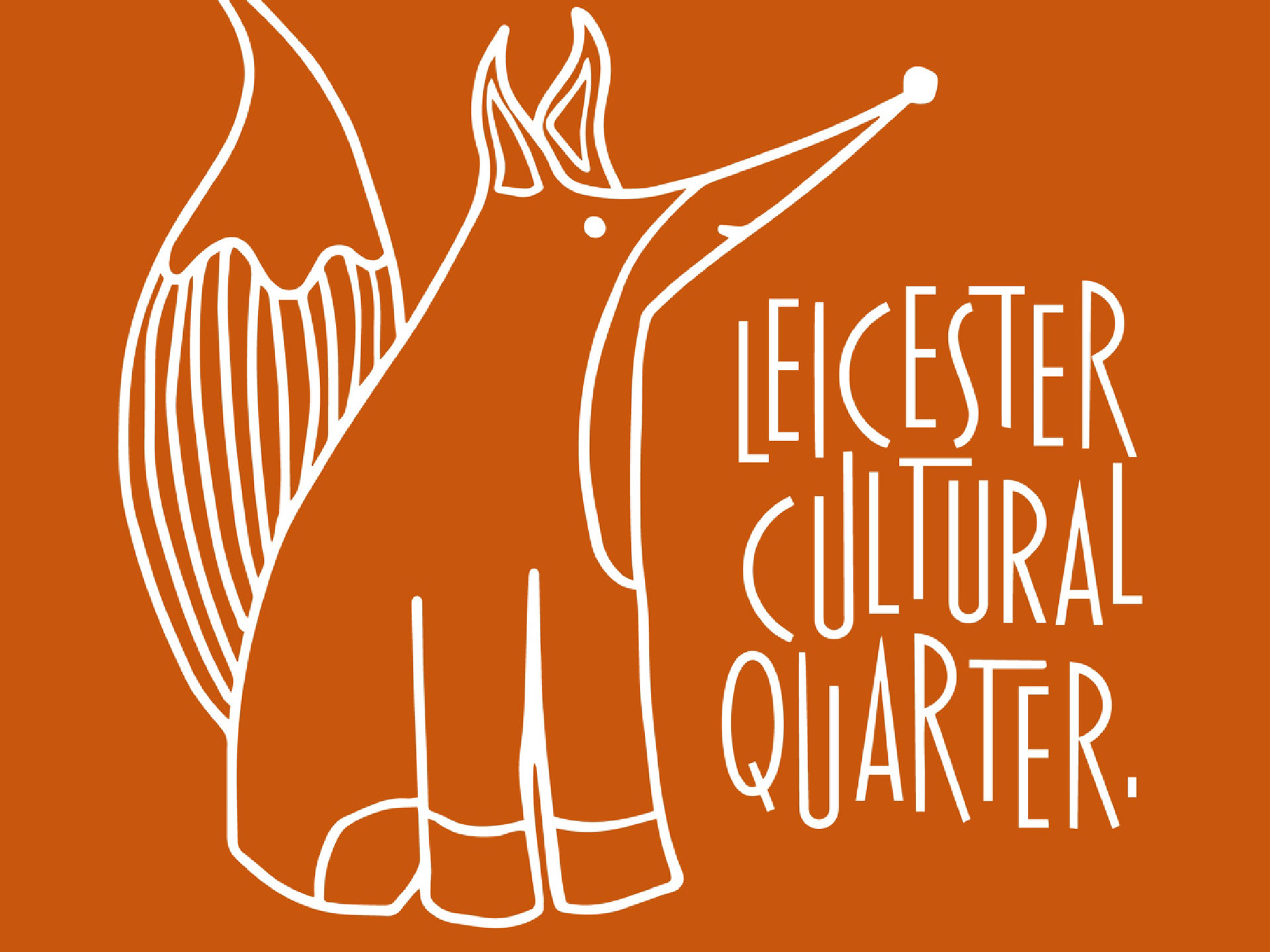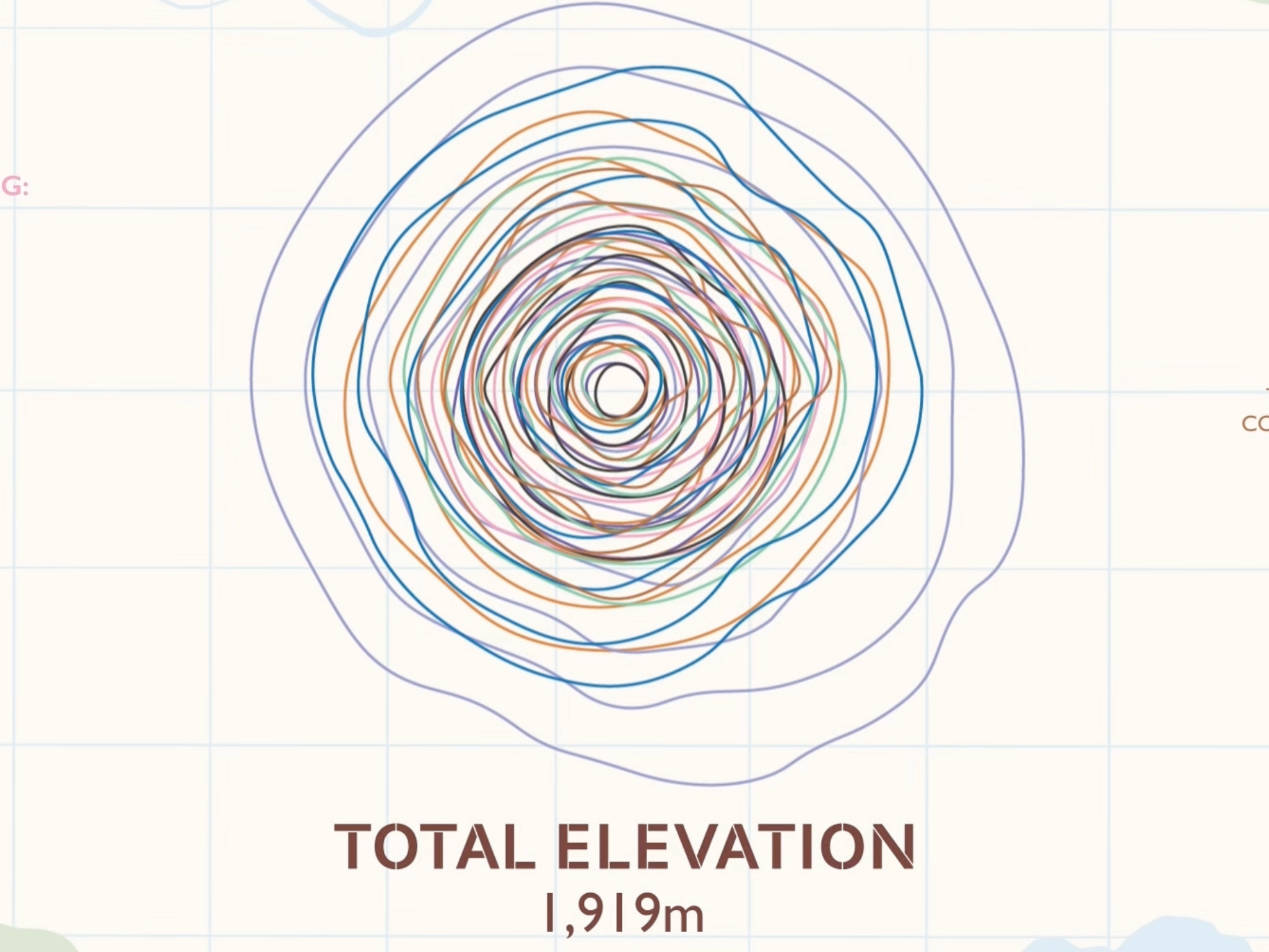Liverpool is perhaps best known for raising the Beatles. However, it is equally prominent for The Cavern Club, the Tate Modern (Tate, 2024), and the iconic Liver Building (Wood, 2012). These monuments all feature distinctive arch shapes in their architecture. The stems of the typeface initially ideated from the angular arch of the entrance to the infamous Cavern Club (Collett, 2013) (‘the place where [the Beatles] musical identity was forged’ (The Cavern Club, c2024), hence ‘Caverna’.
Using an irregular third grid system, Caverna combines a half-arch module (composed of a 3cmx2cm curve and a 7cm rectangle) with enlarged bowls and finials in the bottom thirds. ‘Designing a modular typeface typically involves the creation of geometric relationships between shapes that are repeated in the same letterform and/or among different letterforms.’ (Martins et al. 2018).
Although the typeface initially evolved from this system, Caverna’s defining features blossomed after experimentation with bezier tools, furnishing the typeface with bulging stems and counters. The synthesis of a more traditional structure with free-flowing, modern strokes abandons the regimented aspects of the system and yields a more celebratory, joyful tone. By utilising the Gestalt principle of similarity (Soegaard, 2023), the half-arch module appears harmoniously alongside the bulges to create letterforms yet is still distinguishable when included in forms.
Therefore, it maintains its modular foundations yet echoes a more human, calligraphic style.
As Caverna developed, similarities with the style of the 1960-1970s psychedelic music scene - such as the album cover for The Beatles’ Yellow Submarine (The Beatles, 1969) - began to emerge. Due to the band’s Liverpool origins, this connection became imperative to the concept of the typeface. Designers were heavily influenced by the music of the 1970s when creating typefaces, keeping the ‘thick and curvy’ hand-drawn scripts of the 1960s. Psychedelic influences also helped to develop a more flowing, experimental approach to typography. (Keung, 2022)
The juxtaposition of rounded bubble-esque elements with angular, traditional arch modules in Caverna harnesses Liverpool’s rich cultural and architectural history whilst embracing modernity. The fusion of these elements in the letterforms also creates unique appearances in the negative spaces of areas with closed counters. Caverna can also be compatible with the client’s branding aims. Due to the thicker stroke width, the typeface is well-suited for incorporating treatments and patterns into the design.
Bibliography for Text and Mock-ups:
Alonso, M. (2021) African American woman with cotton bag on street. Available at: https://www.pexels.com/photo/african-american-woman-with-cotton-bag-on-street-7585619/ (Accessed: 14 January 2024).
Collett, S. (2013) Love, Love Me Do. Available at: https://www.whatsamsawtoday.com/2013/10/02/for-sale-the-10-best-bizarre-property-auction-lots/(Accessed: 11 January 2024).
Cottonbro Studio. (2020) Man in White Crew Neck T-shirt Standing. Available at: https://www.pexels.com/photo/man-in-white-crew-neck-t-shirt-standing-4066288/ (Accessed: 14 January 2024).
Graphic Design History (2011) How to Classify all of these Thousands of Faces: The Vox ATypI Classification and its Predecessors. Available at:
http://www.designhistory.org/Type_milestones_pages/TypeClassifications.html (Accessed: 13 January 2024)
http://www.designhistory.org/Type_milestones_pages/TypeClassifications.html (Accessed: 13 January 2024)
Keung, L. (2022) A Look at Graphic Trends That Define the 70s (Retro Fonts, Text Effects, and More!). Available at: https://design.tutsplus.com/articles/a-look-at-graphic-trends-that-define-the-70s-retro-fonts-text-effects-and-more--cms-34691 (Accessed: 11 January 2024).
Lupton, E (2004) ‘Anatomy’ in E. Lupton Thinking With Type: A Critical Guide For Designers, Writers, Editors, & Students. New York: Princeton Architectural Press, pp36-41
Martins, T, Rebelo S, Bicker, J, and Machado, P (2018), Building Typefaces as Programs: A node-based approach for modular type design. Available at: https://cdv.dei.uc.pt/wp-content/uploads/2020/06/martins2018b.pdf (Accessed: 13 January 2024)
Mockups-Design.com (2024) Free street banner mockup. Available at: https://mockups-design.com/free-street-banner-mockup/ (Accessed: 14 January 2024).
Schiller, C. (2022) Museum of Liverpool in England. Available at: https://www.pexels.com/photo/museum-of-liverpool-in-england-12878227/ (Accessed: 14 January 2024).
Seliverstova, I. (2019) Two Women Standing Beside Red Brick Wall. Available at: https://www.pexels.com/photo/two-women-standing-beside-red-brick-wall-2708912/ (Accessed: 14 January 2024).
Soegard, M. (2023) The Law of Similarity - Gestalt Principles (Part 1). Available at: https://www.interaction-design.org/literature/article/the-law-of-similarity-gestalt-principles-1 (Accessed: 11 January 2024).
Tate (c2024), History Of Tate Liverpool. Available at: https://www.tate.org.uk/about-us/history-tate/history-tate-liverpool (Accessed: 13 January 2024)The Beatles. (1969) Yellow Submarine Album. Available at: https://www.thebeatles.com/yellow-submarine (Accessed: 11 January 2024).
The Cavern Club (c2024) The Cavern Club: History: 1960s. Available at: https://www.cavernclub.com/history/1960s/ (Accessed: 11 January 2024).
Wood, D. (2012) The Iconic Royal Liver Building, Liverpool. Available at: https://www.flickr.com/photos/liverpoolpictorial/6996618468/ (Accessed: 11 January 2024).
The Cavern Club (c2024) The Cavern Club: History: 1960s. Available at: https://www.cavernclub.com/history/1960s/ (Accessed: 11 January 2024).
Wood, D. (2012) The Iconic Royal Liver Building, Liverpool. Available at: https://www.flickr.com/photos/liverpoolpictorial/6996618468/ (Accessed: 11 January 2024).
